COPENHAGEN, Denmark – Swedish electric vehicle (EV) company Polestar revealed its first production SUV, the Polestar 3, which claims high-performance and lots of novel technology, to the world today at an unveiling event here.
With up to 510hp from dual motors, advanced chassis tech, and onboard computing/AI technology to enhance its overall performance, Polestar is positioning the car as a full luxury/high-performance product.
Polestar Singapore says the car is on track for a launch in late 2023 in Singapore, and by CarBuyer’s estimate, the car should cost around $450k with a COE.
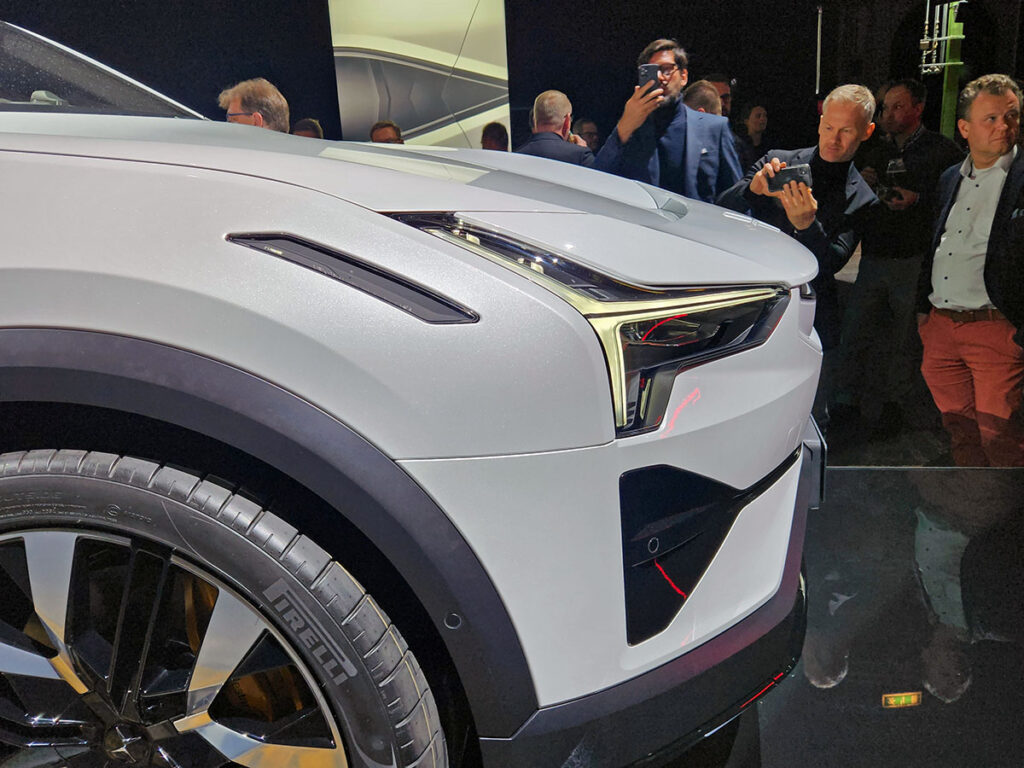
The brand’s first car was the stunning Polestar 1 grand tourer, that was a 1,500 unit limited production car and only sold in left-hand drive, and its current Polestar 2 sedan occupying the nebulous ‘semi-luxury’ space alongside/against the Tesla Model 3.
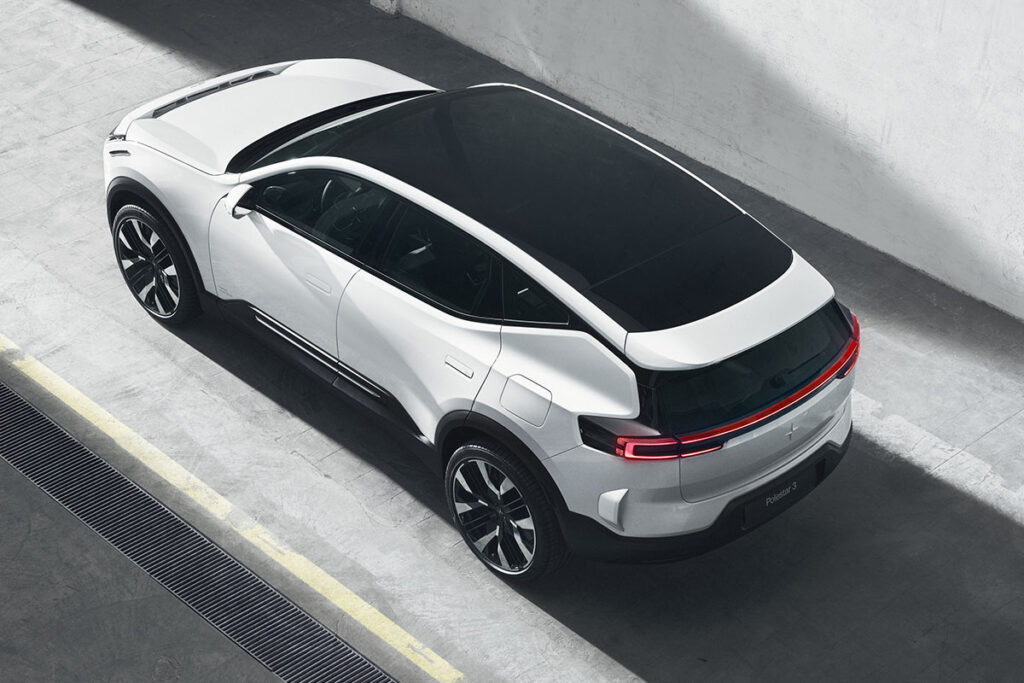
The Polestar 3 will be sold globally, and it’s significant as Polestar’s first proper venture into the luxury space against stiff competition from luxury German automakers Audi, BMW, Mercedes-Benz, and Porsche. But the P3 looks to gain an edge over the competition through the use, and application of advanced computing technology in many aspects of its performance.
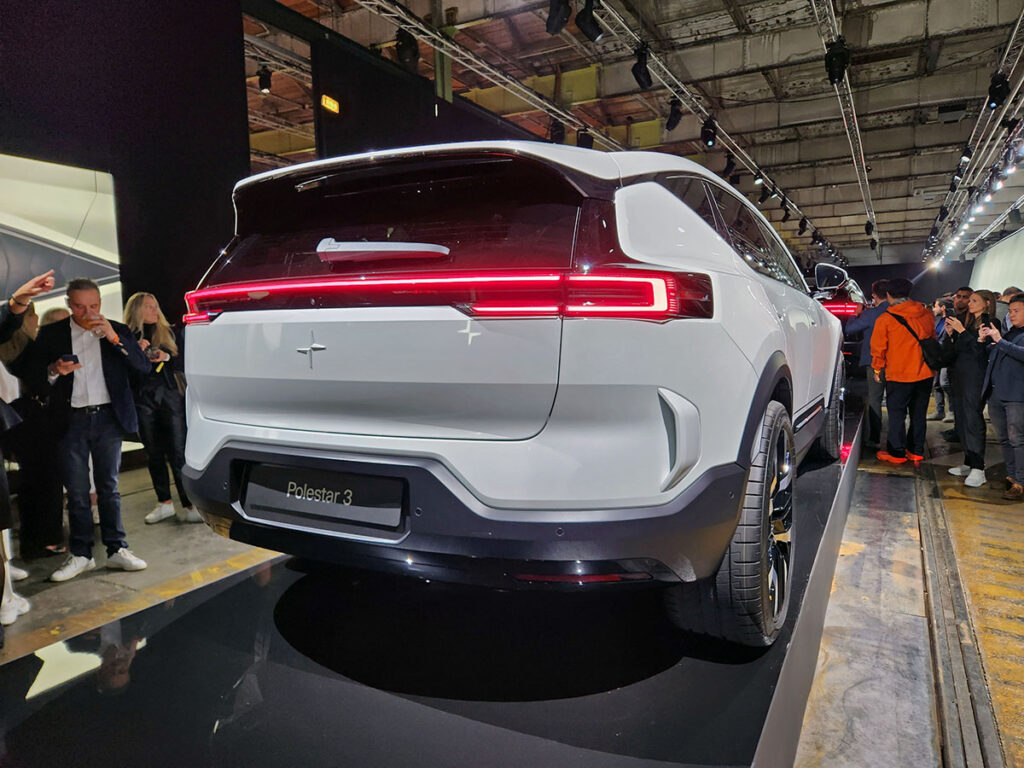
“Polestar 3 is a powerful electric SUV that appeals to the senses with a distinct, Scandinavian design and excellent driving dynamics,” says Thomas Ingenlath, Polestar CEO.
In remarks to the press, he said it will be sportier than Tesla’s Model Y, and an aspirational car in the vein a Porsche Cayenne is. The P3 has cars like the Audi E-Tron S, Mercedes-EQ EQE SUV, and the (soon-to-be-fully-electrified) Porsche Cayenne square in its sights. In fact, with Porsche’s model timing, both cars could land in Singapore at the same time, setting the stage for a 2024 showdown.
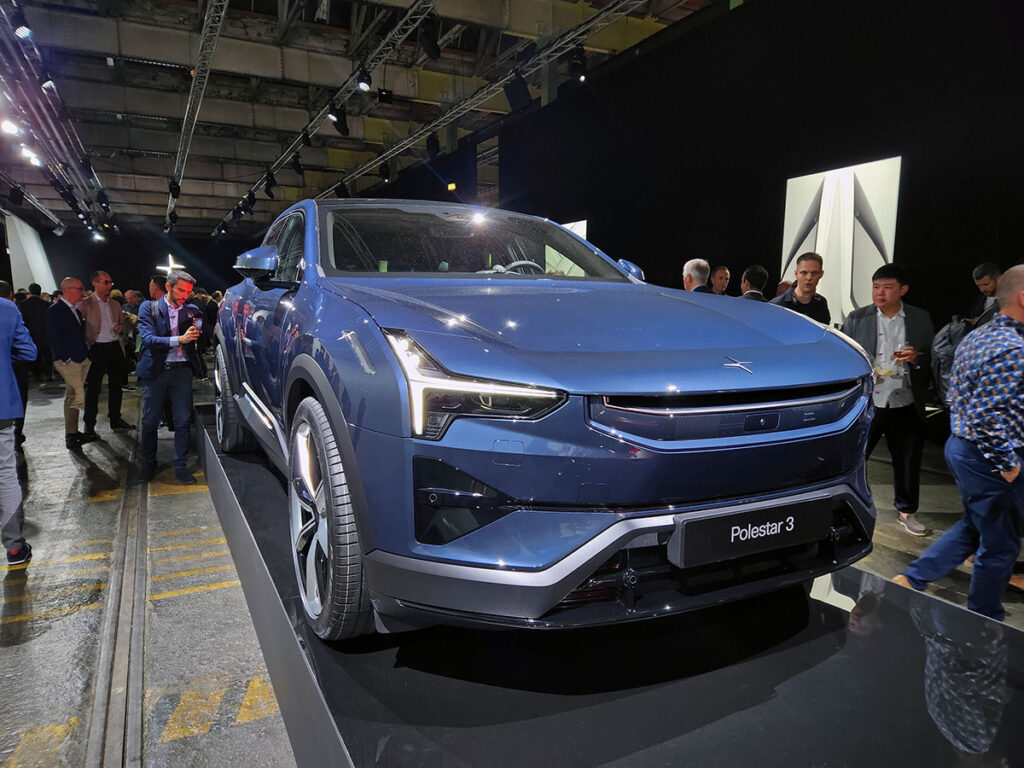
Global production for the Polestar 3 will begin mid-2023 in Chengdu, China, with the first global deliveries in late 2023, with cars also to built in South Carolina, USA.
As mentioned, Singapore will receive its first Polestar 3 shipments in late 2023, likely a result of the later scheduling of a right-hand drive production. The standard Polestar 3, the Long Range Dual Motor variant, will start at EUR89,900. Our estimated price for Singapore has the car starting at $450k.
Design: The coupe-iest coupe SUV to date?
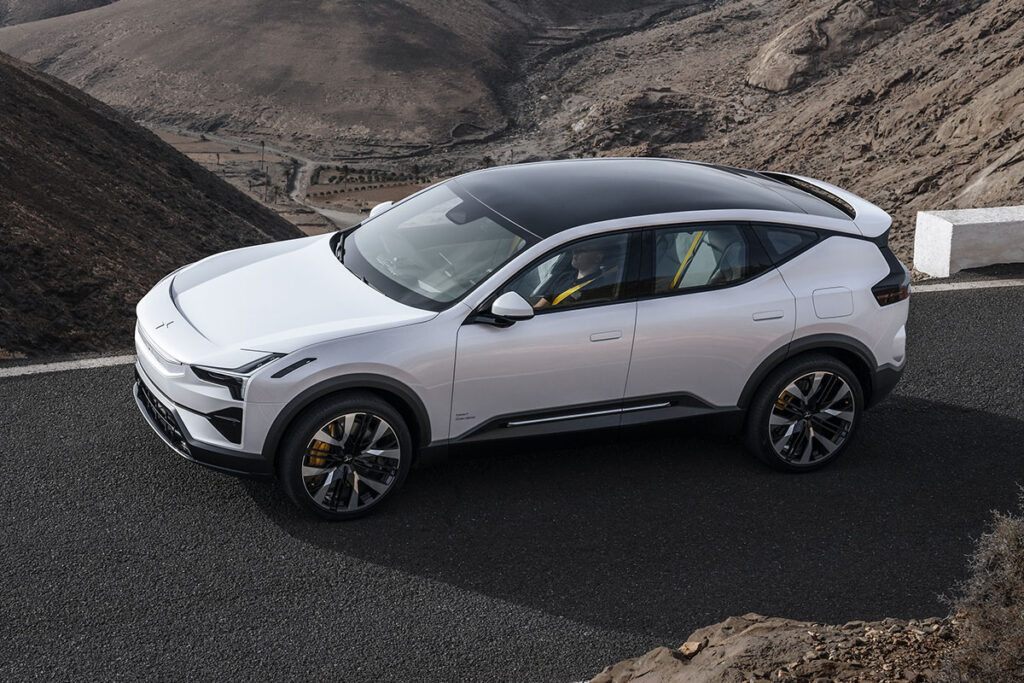
We’ve had the fear that EVs may all end up looking like they sound (the same) but Polestar 3 proves us wrong in the first bit, at least. The P3 has immediate presence, and is genuinely-exciting to look at.
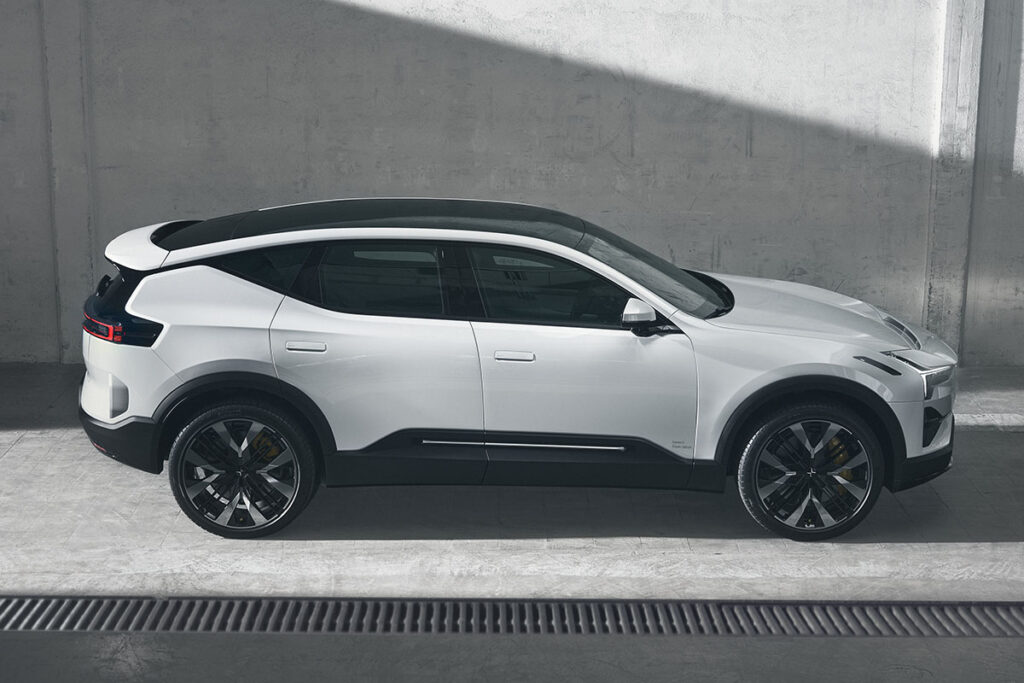
Polestar’s design language continues to mature, and the P3 shows off the company’s increasing confidence. The front sees a dramatic blended wing (where the badge sits), a racy, technical detail that echoes motorsport. The rear end sees a sporty twist, with Polestar’s signature crook-ed lightbar now framed by shoulder-like projections that imply athleticism.
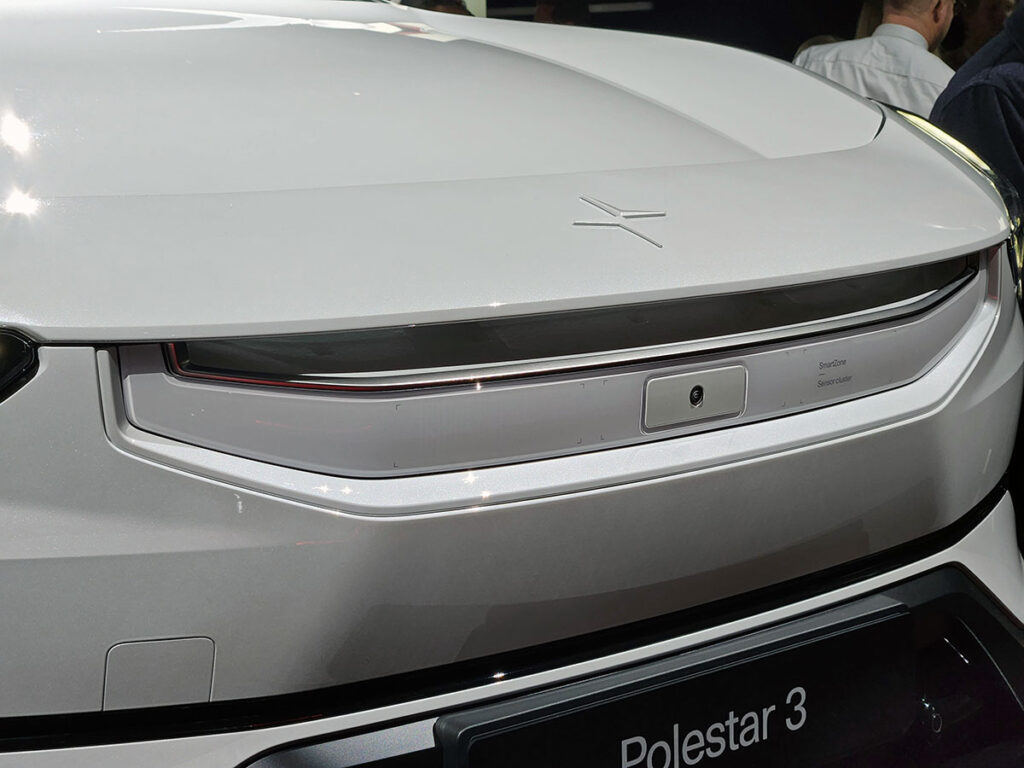
While Polestar dubs this an SUV, the P3 actually looks more like a high-riding wagon or GT than a tall soft-roader. In person, the car’s presence sits much more on the fastback/coupe than boxy SUV end of the design scale. The benefits are obvious: A lower centre of gravity for better handling, and better aero – only 0.29Cd – for less drag and more range. In contrast, a typical large luxury SUV usually rings in at around 0.35Cd.
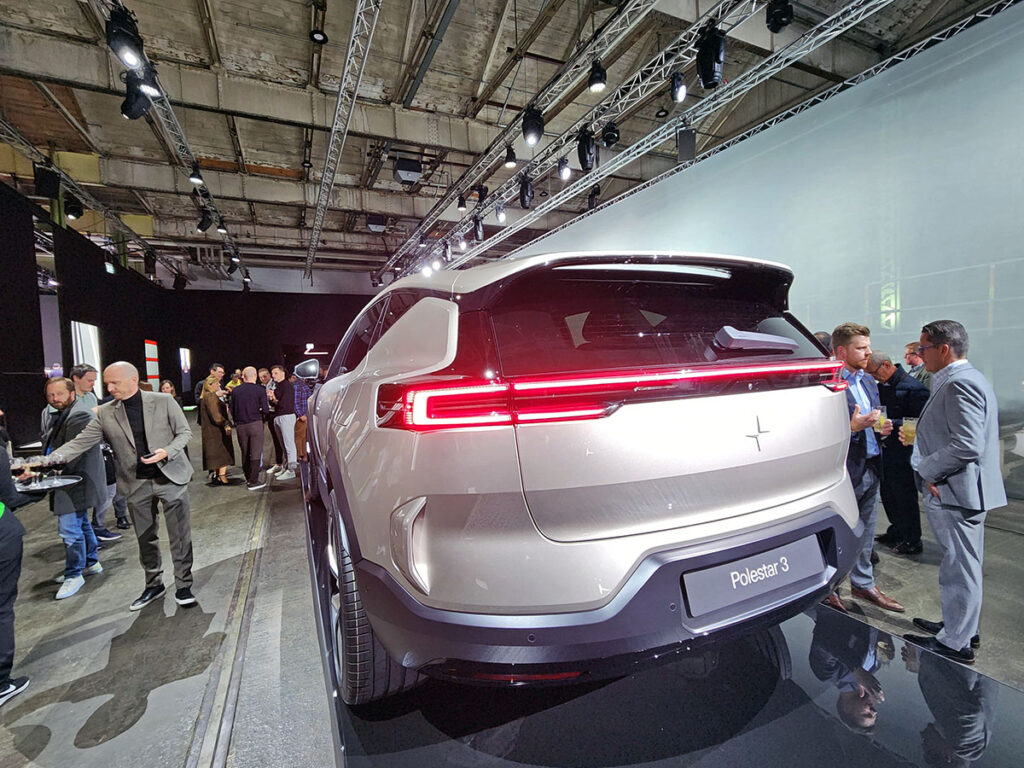
Notably, the car’s rear end flows neatly into a rectangular – rather than square – hatch back, while the C and D pillars are almost blended into each other in an extremely coupe-style treatment, much like Citroen’s C4 sort-SUV. The usual trick of the darked-out lower section makes electric SUVs seem less boxy, but the P3 almost doesn’t need it.
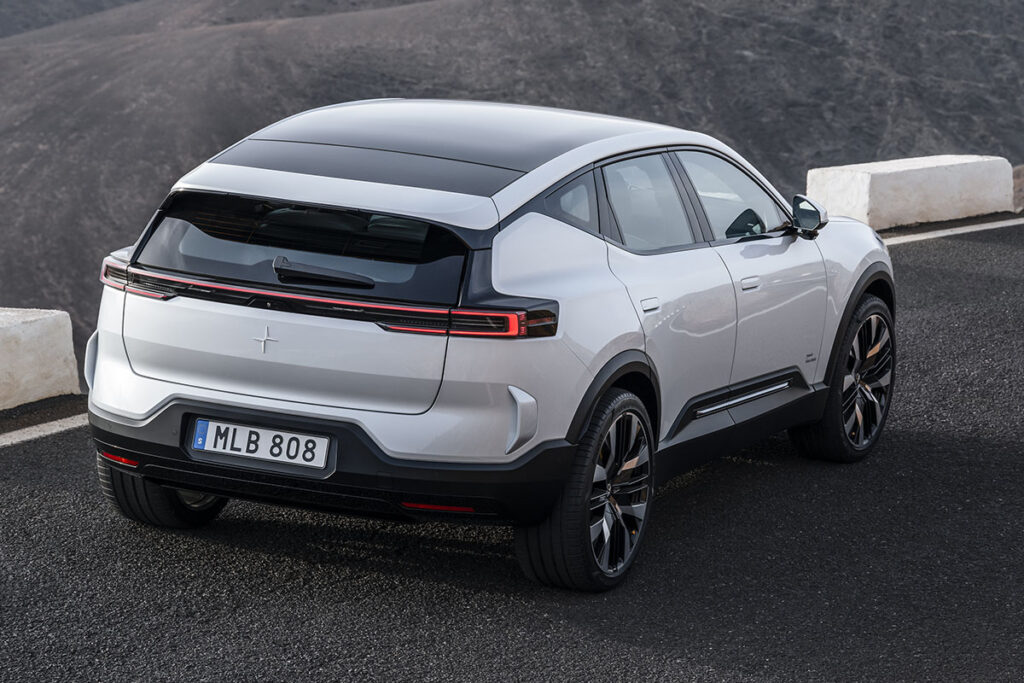
Here’s a curveball: While, on paper, a big SUV should actually mean the P3 competes with the Porsche Cayenne, Polestar’s unique design implies the car’s real competitor could actually be the Taycan Cross Turismo.
Its footprint is big SUV (think Cayenne, X5), but it’s relatively low to the ground. It’s not as low-slung as the Taycan Cross Turismo (1,407mm), but it is the lowest-running large ‘SUV’ around, far closer to the ground ay 1,627mm than the BMW X6 (1,702mm) or Audi Q8 (1,705mm) large coupe SUVs.
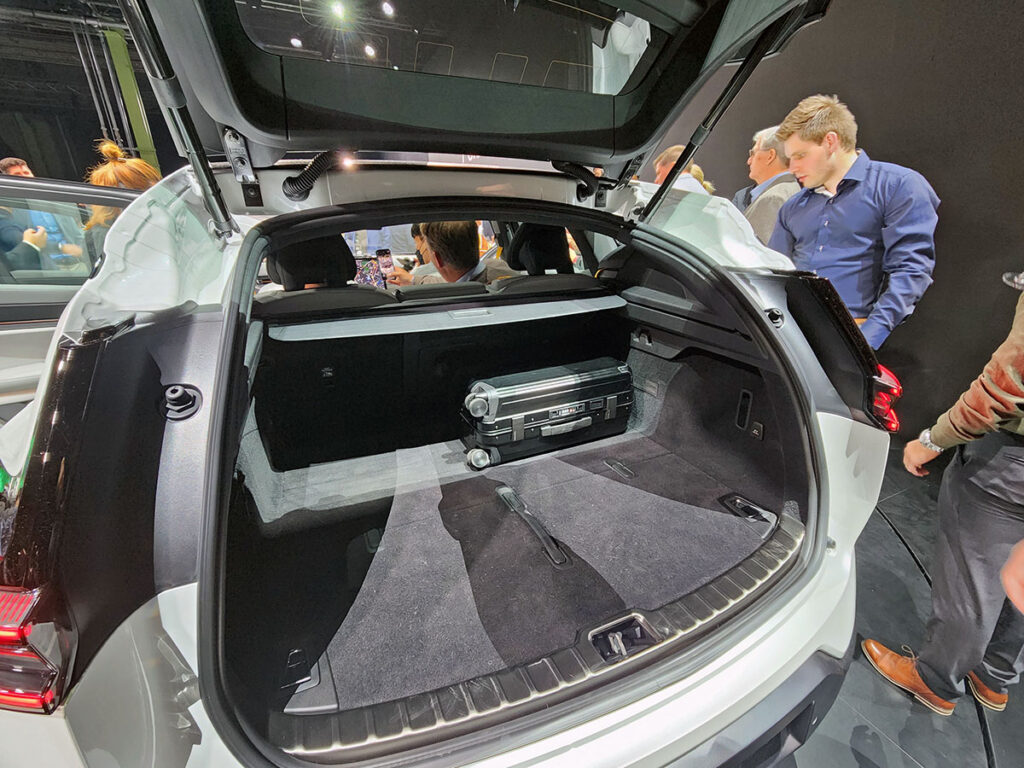
The tradeoff for good looks, aero, and lower stance, is less boot space. The P3 has much less boot space than taller SUVs – just 484-1,411-litres compared to the Q8’s 645-1,610-litres. There is a frunk with 25-litres.
Interior: Minimal luxury
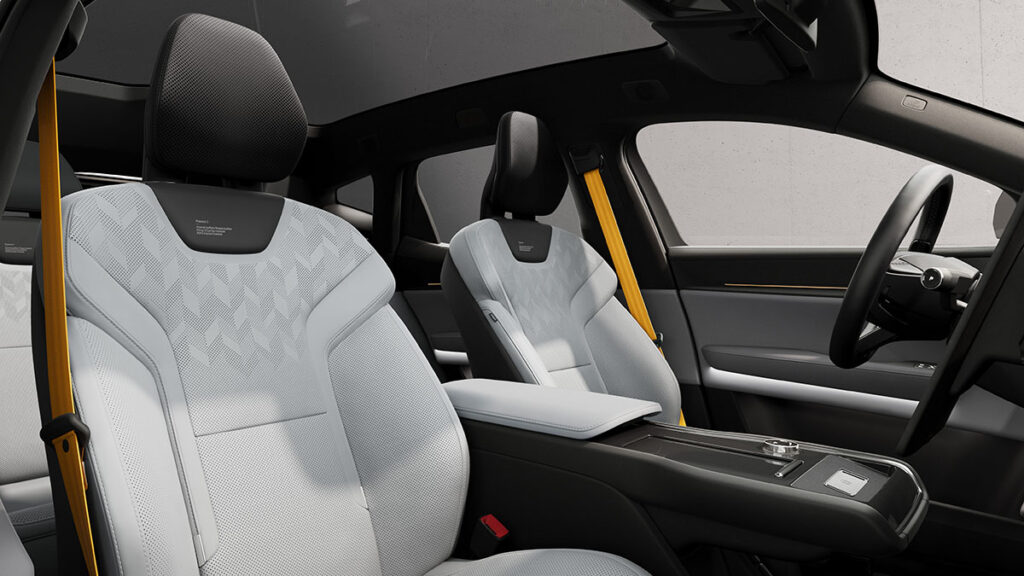
The P3 opts for more restraint on the interior, which is just as well since too much drama getting in the way of real life would prove its Scandic-design ethos as false.
A sizeable 14.5-inch infotainment touchscreen dominates the center console, it’s more like a smartphone than ever, for better or worse: Like the Polestar 2 it’s portrait oriented, and runs on Google’s Android Automotive OS.
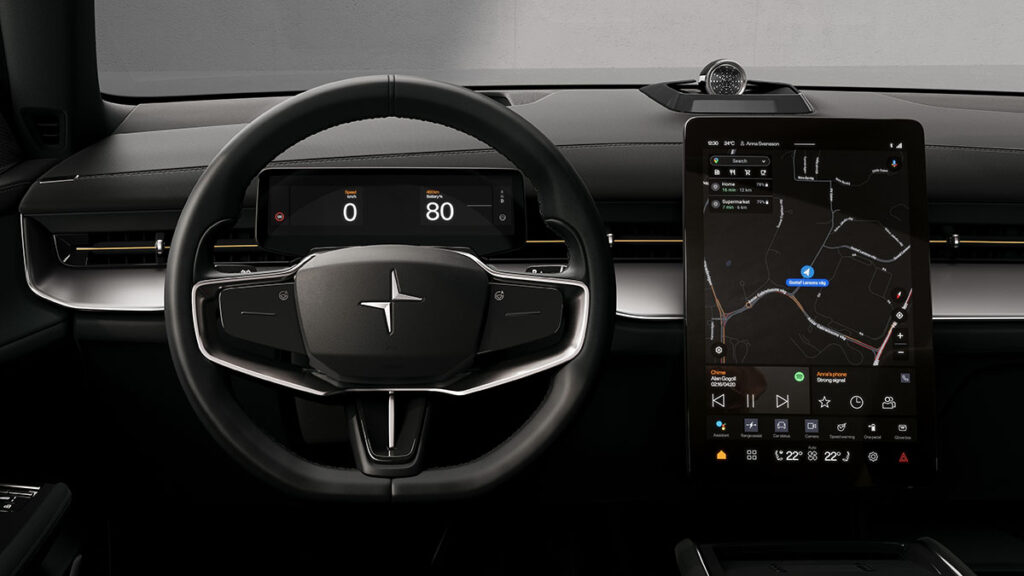
Like a smartphone, it’s also powered by a Qualcomm Snapdragon computing platform (branded the Snapdragon Digital Chassis) to enable ‘high-definition displays, premium quality surround sound and seamless connectivity throughout the vehicle.’
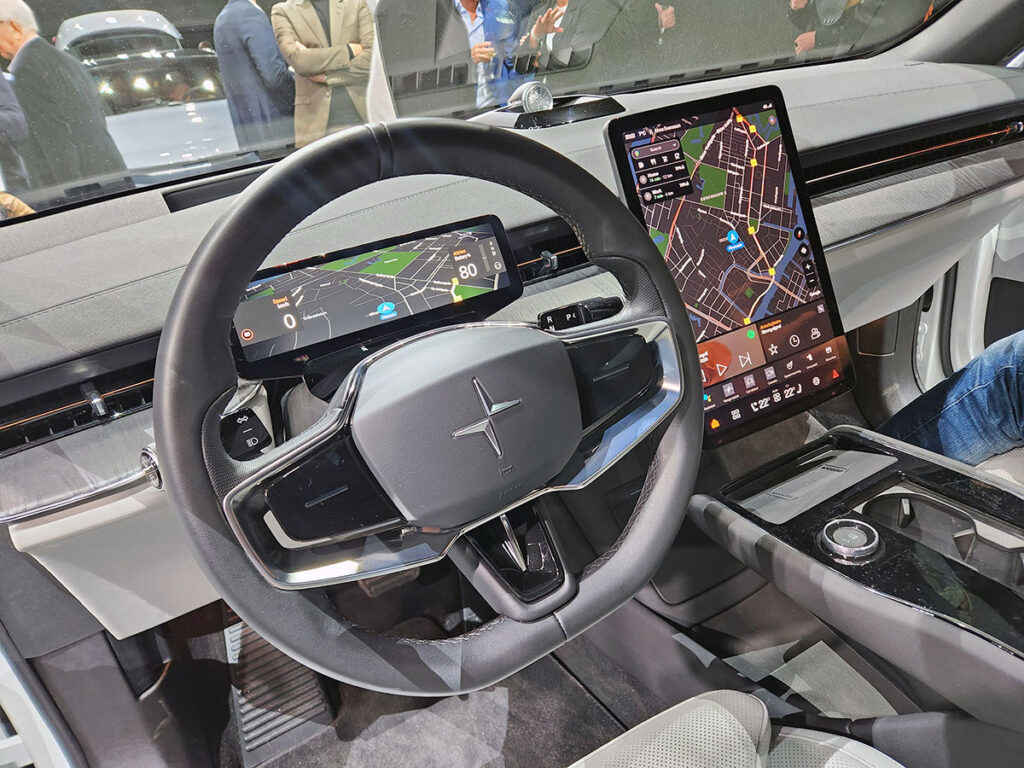
On the inside is one cool feature you can’t see: Radar sensors that can detect ‘sub-millimetre’ movements of pets or children, so the car can warn you, or run the climate control to avoid disaster. Tesla already has a ‘pet mode’, though you have to engage it manually.

The P3 is positioned as a luxury car, so the options list will have premium features, though in Polestar’s pared-down approach the choices are offered in packs rather than the bewildering and extensive lists seen in industry.
For example the Plus Pack (equipment), Pilot Pack (safety), and the Performance Pack (performance). For Singapore, as well as the rest of the world, the Pilot Pack and Plus Pack are standard. The Performance Pack should be, like is it with the Polestar 2, a cost option – we’re guessing around $20k.
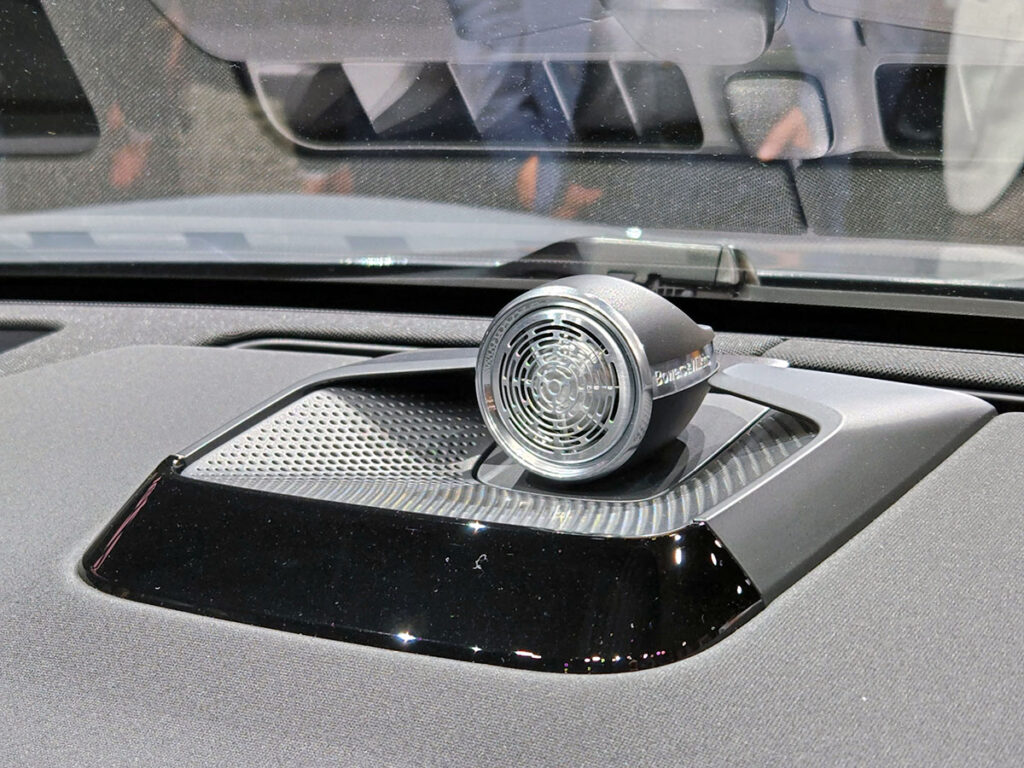
According to Polestar, the Plus Pack includes: Bowers & Wilkins Premium Sound, bio-attributed MicroTech or animal welfare wool seats, 21” 5-V spoke black diamond cut alloy wheels, heated rear seats, and more.
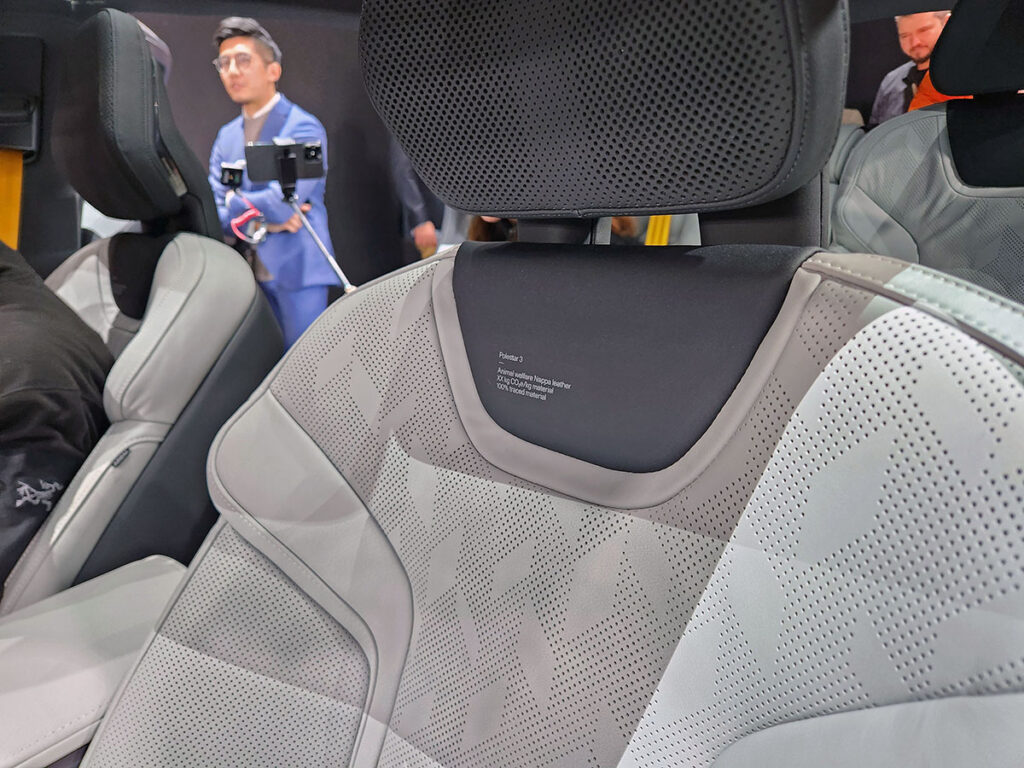
The P3 doesn’t skimp on interior wellness either. Besides being zero tailpipe emissions, it has an air purifying system which cycles the cabin’s 3,000-litres every minute. The uplholstery can be speced as wool from approved animal-welfare controlled source or recycled polyester Microtech fibre.
Another benefit of Polestar’s pared-down approach when it comes to options is that the spec of Singapore-bound Polestar 3 models is already known – you can see it on Polestar’s website now.
Technology & safety
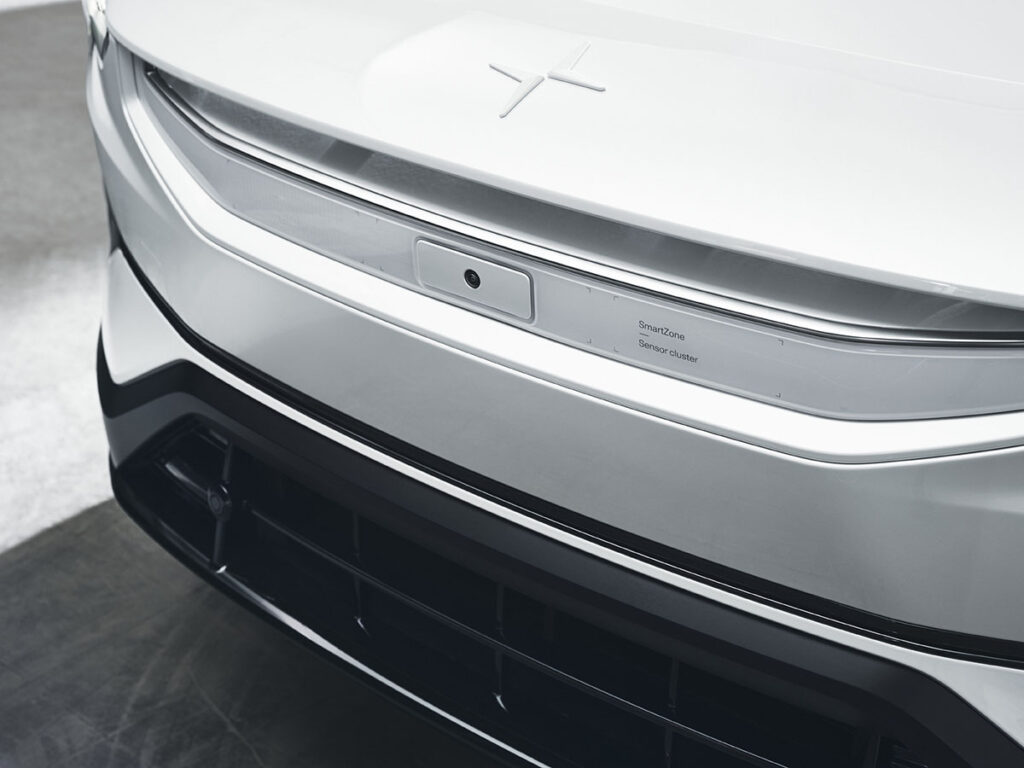
In Volvo/Polestar tradition, the P3 is likely to be one of the most comprehensive cars on the market when it comes to safety. While Volvo has consistently pushed the envelope for safety systems for much of its existence, Polestar is doing so by integrating ‘name brand’ computing and tech to achieve higher safety performance.
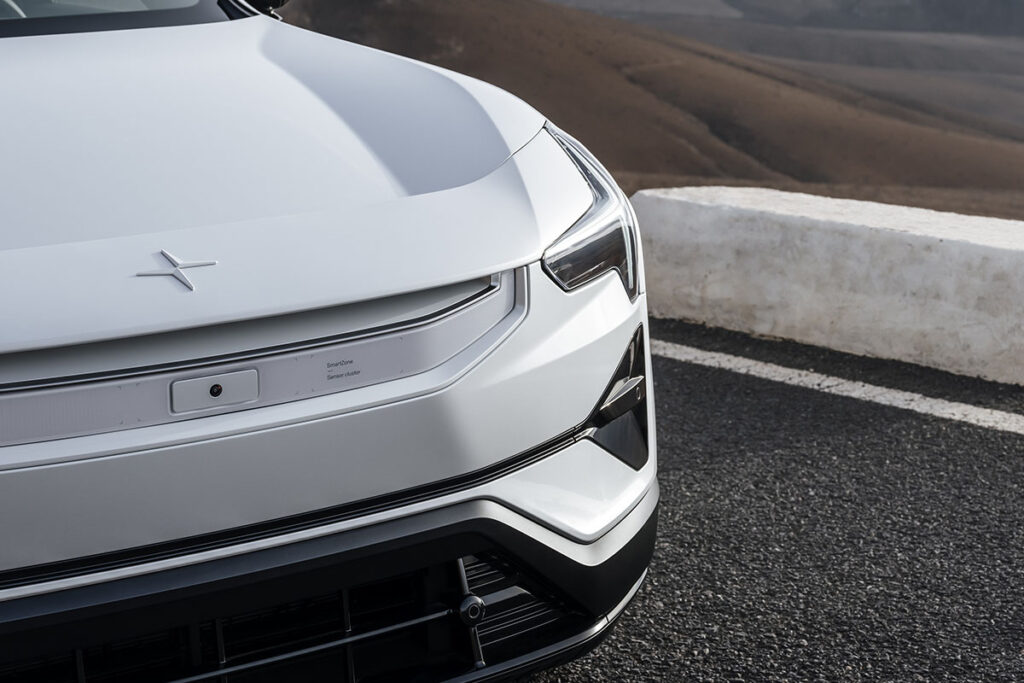
It will have a very fast, powerful processor from Nvidia, tying together (advanced driver assist systems) ADAS software from Zenseact, which will be taught how to better see the world through Smart Eye’s AI, and will do it with LIDAR systems from Luminar.
Zenseact is Volvo’s (also Polestar’s parent company) ADAS (autonomous driver assistance systems) software offshoot. Luminar specialises in LIDAR technology, which the Polestar 3 will use to be able to ‘see’ the world better, while Smart Eye is a ‘Human Insight AI’ tech specialist.
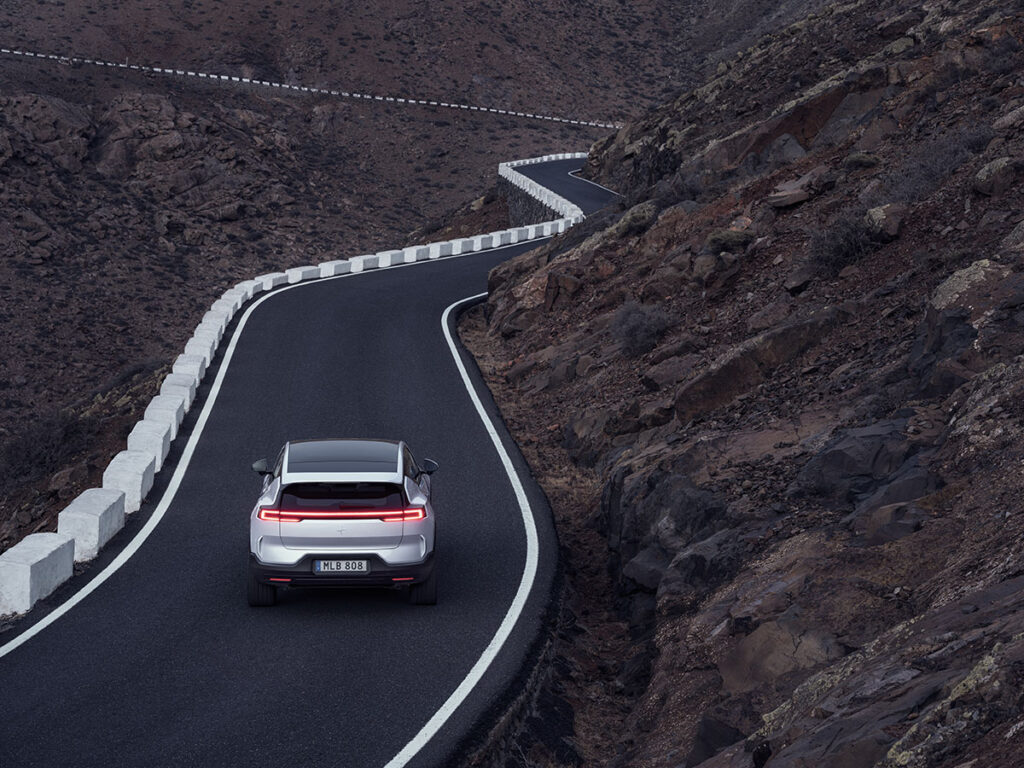
Simply put, Polestar is saying the P3 is a car that can see better, ’think’ and react faster, when it comes to safety. Standard on the P3 are five radars, five cameras, and 12 ultrasonic sensors, but this can be expanded further with the optional Pilot Pack. That adds the aforementioned LIDAR from Luminar, the Nvidia control unit, an extra three cameras and four ultrasonic sensors, and cleaning for the front and rear cameras too.
The kicker here is that this isn’t just to provide better safety systems but also to prepare the car for self-driving.
Electric performance
The P3 looks impressive enough on paper with its quick sprint times and big power/torque figures, but where the car pushes the envelope is in handling.
Initially the car will be offered in one variant, the Dual Motor Long Range, with an additional Performance Pack delivering more oomph. The dual motor system will have a rear-biased drive, and the rear motor can also be decoupled for more efficiency.
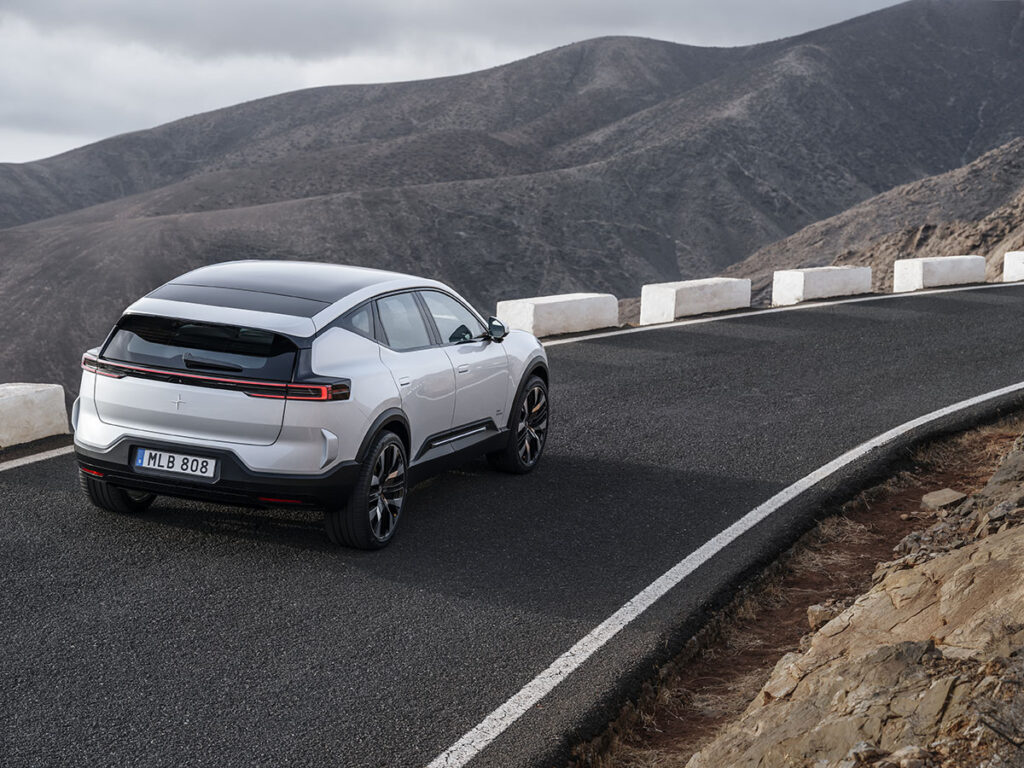
The front suspension sees a double-wishbone layout, a major signifier of performance, or intent of it, at least. Air suspension is standard, the latest dual-chamber system that should be on-par with similar systems deployed by Audi and Porsche.
Polestar says it self-adjusts 500 times a second (500Hz) according to road conditions, a performance variable that’s also highly dependent on the data fed into it, which is where the sensors come in.
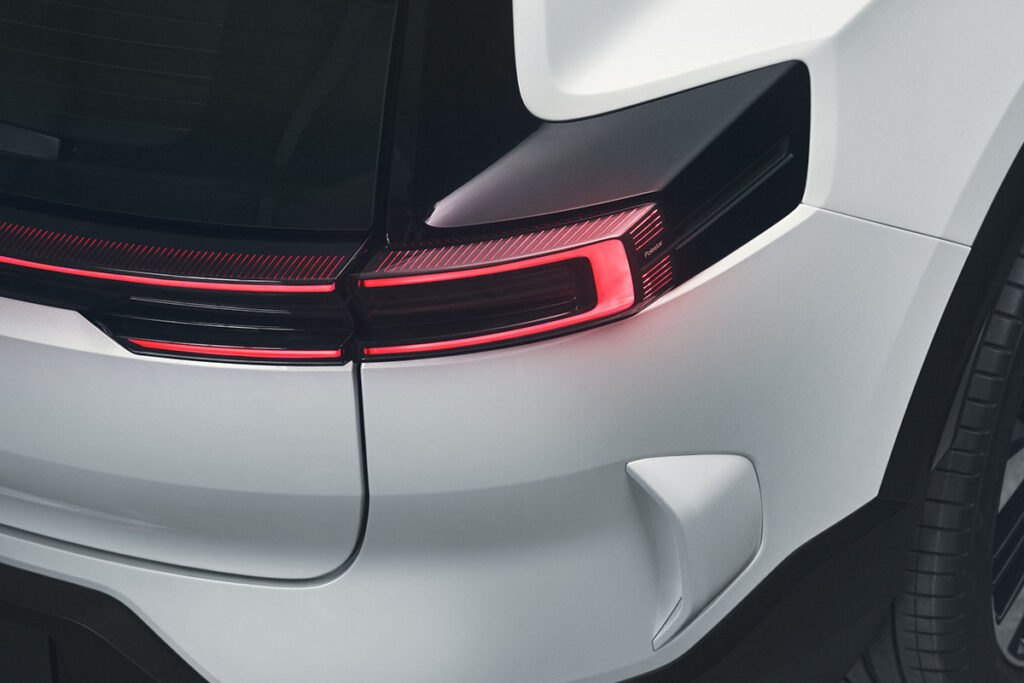
Full details on the Performance Pack model are yet to be released, but it will include the torque-vectoring system and tuned air suspension, though we also expect it to include the yellow seatbelts, uprated brakes of the P2.
The torque vectoring system is a new development, and located on the rear axle. It features a dual-clutch pack, presumably to push torque to each rear wheel individually and allow for more cornering performance. It’s an interesting feature, and one that might give the car added dynamism in corners.
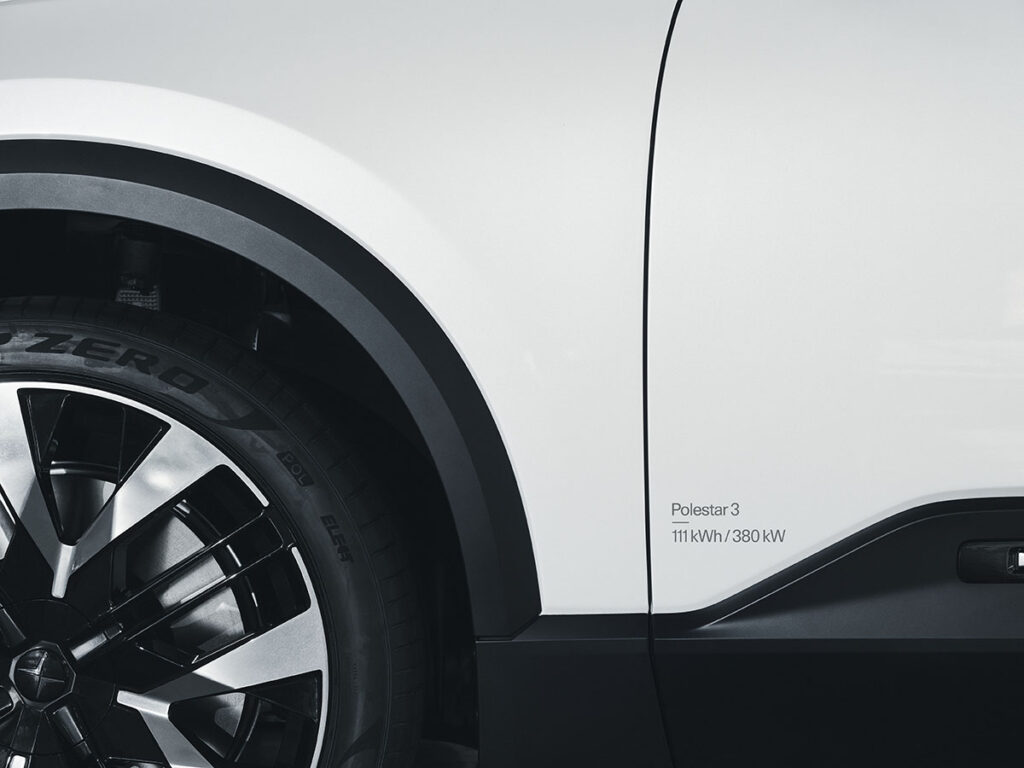
Polestar’s latest battery pack to date, 111kWh, finds its home in the floor of the Polestar 3, and it’s claiming a WLTP range of 610km. That also translates to a long standard charging time, with 11kW the maximum AC charge rate, it should take a full charge in 10 hours or so.
However the DC fast charge rate is 250kW, so it has been bumped up considerably over the Polestar 2 (130kW). At that speed, we can expect the car to do 10 to 80 percent in the industry standard half-hour.
There’s also a new feature in the form of bi-directional charging, meaning the car can also dispense energy, not just receive it.
This article was first published in CarBuyer.


